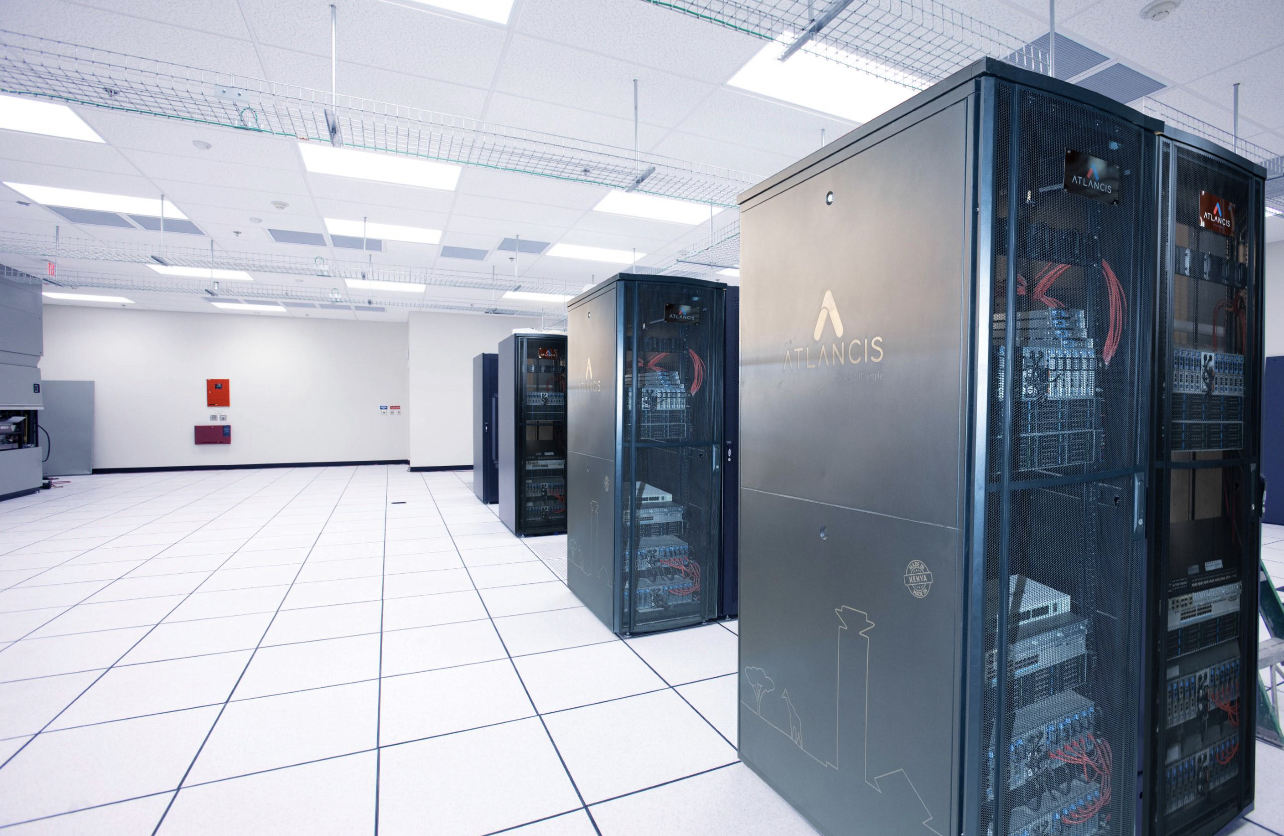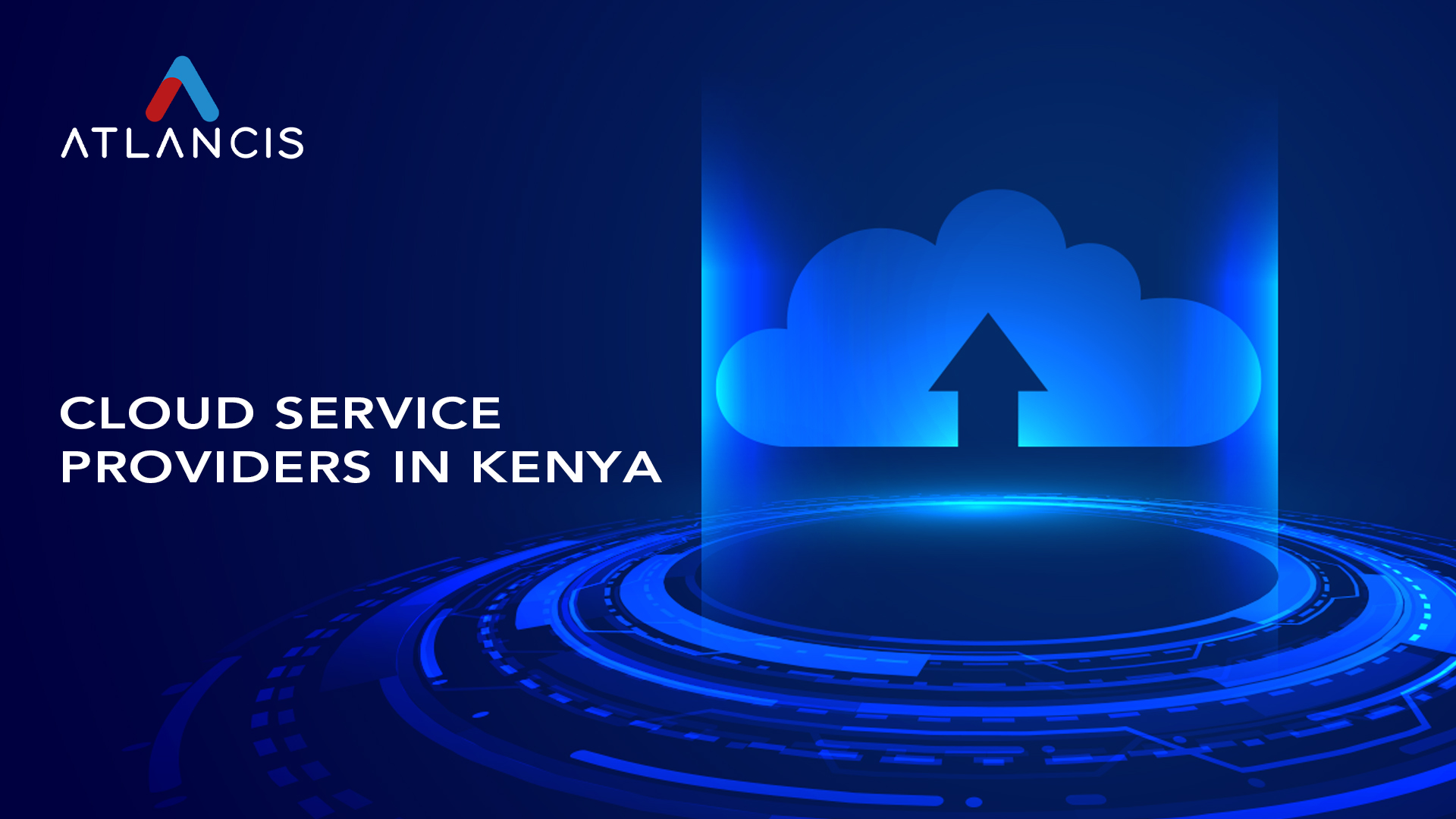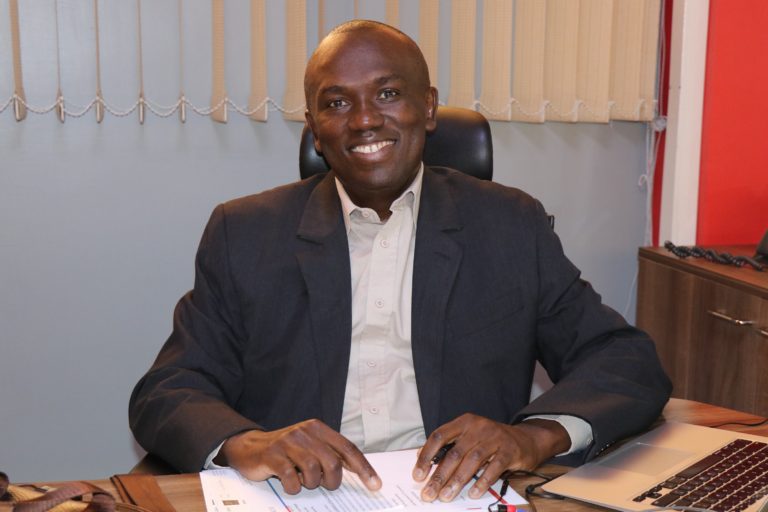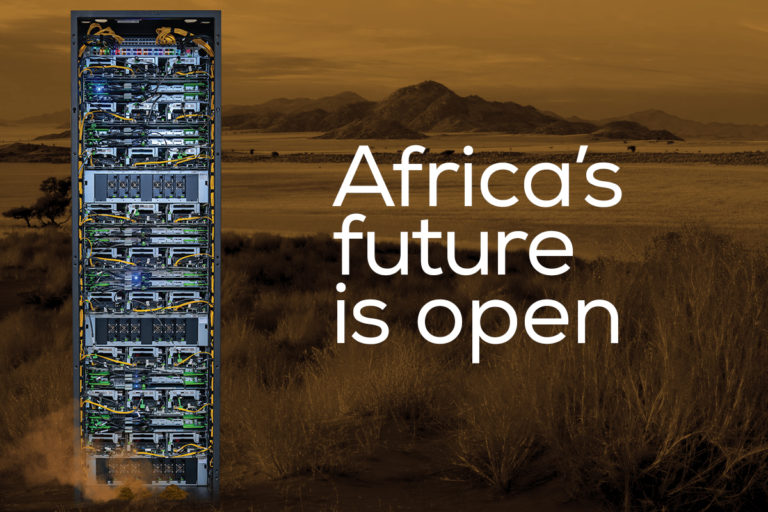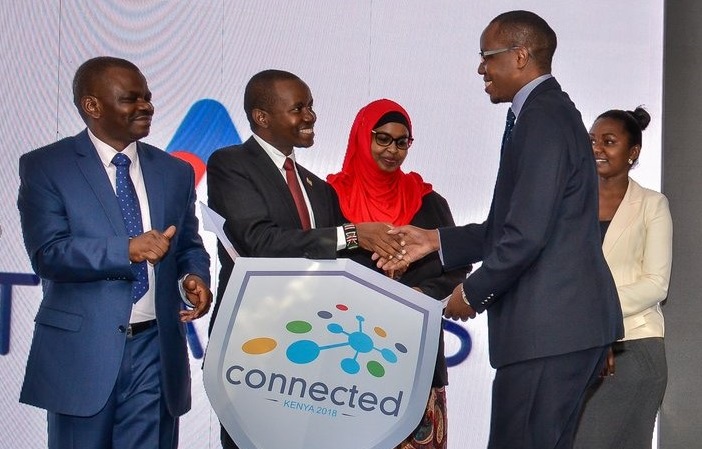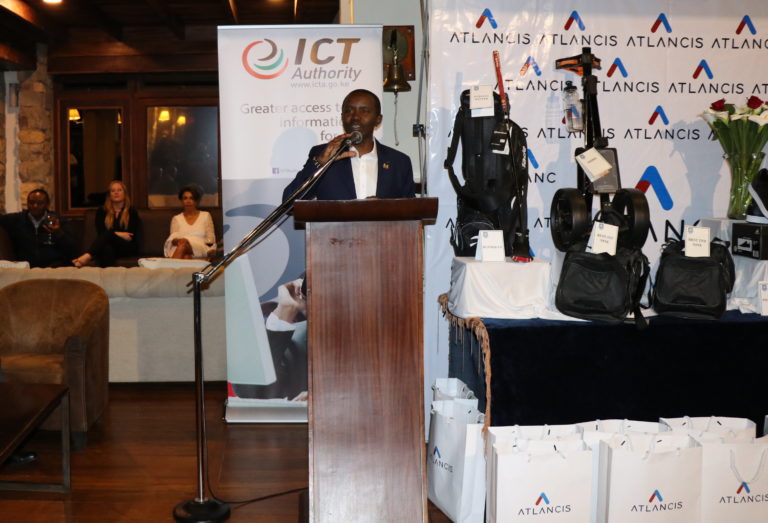Frequently Asked Questions
What is the difference between ODM and OEM?
OEM (Original Equipment Manufacturer) and ODM (Original Design Manufacturer) are at times interchangeably used in the manufacturing industry though there lies a difference between these two terms.Within the IT industry, ODMs manufacture components, eg, motherboard, CPU, memory, etc, to order, much of which is supplied to the OEMs. Traditionally, the design of the components was confidential; however, Open Compute has changed that and the designs of components and complete solutions is now in the public domain. OEM vendors order components from ODMs and then execute a widespread and systematic lock down of every possible facet in their server, storage and network systems and even devices before being re-branded and on-sold to customers. These laboriously unnecessary lock-in processes increase the price of the ODM equipment to customers and are then locked into an OEM path with nowhere else to go to.
What is the Open Compute Project
The Open Compute Project (OCP) Foundation is a rapidly growing, global community whose mission is to design, use, and enable mainstream delivery of the most efficient designs for scalable computing. As with other members of OCP, we believe that openly sharing ideas, specifications, and other intellectual property is the key to maximizing innovation and reducing complexity in technology components. The Open Compute Project Foundation provides a structure in which individuals and organisations can share their intellectual property with others and encourage the IT industry to evolve. In designing commodity hardware that is more efficient, flexible, and scalable, the Open Community is redefining technology infrastructure. And in so doing, throwing off the shackles of proprietary, one-size-fits-all gear.
What is Open Hardware?
Open Hardware (Open Source hardware) is a hardware design that is made publicly available so that anyone can study, modify, distribute, make, and sell the design or hardware based on that design for their specific use cases. The hardware’s source, the design from which it is made, is available in the preferred format for making modifications to it. With reference to the Open Compute Project (OCP) the Open hardware design involves specifications which are contributed by the members of the foundation and licensed in such a way that said designs can be studied, modified, created, and distributed by anyone. OCP AcceptedTM designs meet strict criteria set by OCP Foundation. As a member of the OCP Foundation, Atlancis Technologies creates solutions by certifying requisite software on OCP AcceptedTM Hardware to create different turnkey solutions combining multiple technologies for various use cases such as; Private Cloud, Virtual Desktop, Software Defined Storage, Network Function Virtualization (NFV) amongst others.
Who Uses Open Compute Hardware?
In 2009, Facebook was growing exponentially, offering new services and giving millions of people a platform to share photos and videos. Looking ahead, the company realized that it had to rethink its infrastructure to accommodate the huge influx of new people and data, and also control costs and energy consumption. That’s when Facebook started a project to design the world’s most energy efficient data center, one that could handle unprecedented scale at the lowest possible cost. A small team of engineers spent the next two years designing and building one from the ground up: software, servers, racks, power supplies, and cooling. The result now stands in Prineville, Oregon. It was 38% more energy efficient to build and 24% less expensive to run than the company’s previous facilities—and has led to even greater innovation. In 2011, Facebook shared its designs with the public and—along with Intel and Rackspace, Goldman Sachs and Andy Bechtolsheim—launched the Open Compute Project and incorporated the Open Compute Project Foundation. The five members hoped to create a movement in the hardware space that would bring about the same kind of creativity and collaboration we see in open source software. And that’s exactly what’s happening. Today, OCP AcceptedTM Hardware is used by ALL hyperscale giants such as Facebook, Google, AWS, Microsoft Azure, Intel, Rackspace, Tencent (WeChat), Yahoo!, Baidu, AT&T, Telefonica etc and hundreds of Cloud service providers , Telecommunication companies and Enterprises around the world. Atlancis is bringing these technologies to Africa.
How is ATLANCIS Technologies related to OCP?
Atlancis Technologies is championing the adoption of Open technologies in Africa and is a Community Member of the Open Compute Project Foundation. As a Solution provider, we actively work with Original Design Manufacturers (ODM), Software vendors and other solution providers to create product lines that will utilise the Open Compute AcceptedTM Hardware as a baseline for solutions deployed to Service Providers, Government and Enterprise. Atlancis Technologies was recognised as the first company in Africa to deploy Cloud Services based on OCP Hardware in 2018. Since then, the journey to bring Open Compute solutions to African entities started and has seen enormous growth and adoption amongst midsize and large enterprises across Africa.
What are the advantages of using OCP vs Legacy/Vanity OEM?
Atlancis OCP Solutions are designed based on the SMART Principle with key benefits being: – Streamlined – – OCP nodes and racks are designed specifically for data center and cloud functionality, meaning you only pay for what you need, while less points of failure within a system means less maintenance and down time. OCP is designed to be OPEX Optimized. – Modular – Gone are the days of needing to buy purpose-built hardware which can sit idle during times of low use, which was the practice with legacy infrastructures. OCP uses modular building blocks to build out infrastructures, allowing for an unprecedented level of agility to respond to a variety of application needs. -Application-Ready – –Atlancis OCP Solutions can be configured and pre-validated with OS and software stacks to allow for a true plug and play experience upon deployment. -Re-purposeable — due to OCP’s inherently modular design, compute and storage resources can be quickly repurposed to respond near-instantly to changing application needs by simply changing the node-level or rack-level configurations. Less nodes remain idle as they can be easily repurposed for other, more demanding applications. – Total Solution – Companies today don’t need just hardware, they need solutions. OCP combines the most efficient, agile and scalable hardware infrastructure with leading cloud and data center software to create real-world turnkey cloud and data center solutions.
How are Atlancis’ Solutions certified?
The OCP Foundation certifies hardware designs from a growing community of over 6,000 engineers globally. There are two types of OCP product recognition, OCP Accepted for products that have submitted design files, with 100 percent compliance of respective OCP specifications and OCP Inspired for products from ODMs without the requirement of submitting design files. Additionally, there is the OCP Ready programme for colocation solution providers that have met the required standards and obtained recognition from the OCP Foundation. In addition to this activity, the software vendors then certify OCP equipment with their software products and the solutions you see from Atlancis will have the required certification from all parties.
How are OCP Solutions supported?
Atlancis stocks replacement parts on all components of OCP infrastructure. Because of the inherently open architecture, our stock holding is maximised to map on to multiple configurations and customer deployments. Accordingly, we are able to offer Service Level Agreements (SLA) from 4 hour fix upwards. The toolless design of OCP hardware also supports Atlancis holding hot-swap stock on customer site so that customer operatives can perform the fix in-house if required.
What is the warranty period for Atlancis OCP Solutions?
Our minimum warranty period will be 12 months up to 60 months and beyond, at customer request. Atlancis’ spare-holding is kept in-country and, as a member of the Open Compute Community, we have access to not only Open Compute new and Inspired equipment but, also second-user equipment from Sesame that can prolong the useful lifetime of Data Centre equipment to 9 years. Because the spare parts are held in Africa, our Service Levels to fix start at 4 hours.
What is the Capex (Cost) comparison of OCP solutions Vs Legacy/Vanity brands?
This will vary on a case-by-case basis, however, numerous Atlancis’ Use Cases point to an OCP reduction of 40-80% CAPEX on the costs of vanity-brand OEM hardware. This is only the tip of the iceberg however, as there are significant savings to be realised on faster implementation times, with deployment being up to 250 times faster than conventional data centre build-outs.
Is there a Sales channel for Atlancis OCP Solutions?
Customers can procure OCP Solutions directly from Atlancis. Where the customer would prefer to acquire OCP Solutions from other channels, Atlancis has an Open Partner Network that works with Systems Integrators, MNOs, Telco’s, CSPs and Managed Service Providers to increase customer access to Open Compute.
What is a Circular Data Centre OCP Solution?
Circular data centres redefine the lifetime value for data centre hardware by integrating analysis of primary and secondary market uses into a single framework. The benefits are truly transformative, both for your budget and environmental sustainability. Hardware that was purchased years ago can be reused by upgrading memory, CPU, storage with higher capacity components thereby extending the life of the investment without buying completely new infrastructure. Circular datacenters are the norm within the Hyperscale community with Google reporting that 60% of Hardware deployed in 2019 was circular data centre infrastructure.
Why should I go for Atlancis OCP while I have other well-known vendors options in the market?
In our experience there are a multitude of reasons why decision-makers are going with Atlancis OCP versus vanity OEMs. Firstly, Capital and Operational Expenditure will be up to 80% less with an OCP solution, for exactly the same components; Intel or AMD CPU; Samsung or Micron Memory; Seagate, Western Digital, Samsung or Intel disks; Mellanox, Infiniband network, etc Secondly, a direct relationship. With OCP from Atlancis, customers are talking to the OEM – with Atlancis managing the relationships with OCP and the ODMs. Open Compute gives significantly greater interoperability, scalability and flexibility which, again, means pushing constrained IT budgets even further. Support is localised, spares holding is localised; meaning our customers get swift resolutions (to 4-hour fix) and even on-customer-site spares holding. The impact OCP new and second-user has on the economy can be outstanding; Data Centres account for more than 1% of global electricity consumption, more than many countries; OCP Data Centres can reduce CO2 emissions by nearly 30% per annum, which can be leveraged to your business advantage. Finally, licensing and Support costs are predictable and come with no hidden surprises or bill shocks; so, your budgeting can be accurate and free up scarce resources for higher value returns to your business.
How does Atlancis’ OCP solution escalation matrix work?
Atlancis values our customers and their needs. Although we are continuously striving hard to make our product & support better, at times there are some incidents which need immediate attention. For those incidents we have an established Support Management Centre (SMC) in Kenya. Our in-house support centreer caters to the urgent needs of our customers / partners by providing timely and accurate support, where every call is monitored and evaluated on technical and quality assurance parameters.
Does Atlancis have replacement parts in country? If not, how long will it take Atlancis to ship the parts into the country?
Atlancis stocks replacement parts on all components of OCP infrastructure. Because of the inherently open architecture, our stock holding is maximised to map on to multiple configurations and customer deployments. Accordingly, we are able to offer Service Level Agreements (SLA) from 4 hour fix upwards. The toolless design of OCP hardware also supports Atlancis holding hot-swap stock on customer site so that customer operatives can perform the fix in-house if required.
Where are your accredited training centres?
Atlancis is providing training either on-site at customer premises, customer choice locations or in our Nairobi Headquarters. As we expand our Continental network, we will update our list of Training Centres. In all cases, Training will be conducted by trainers in Africa, contrasting greatly with many of the OEM training sessions that are held overseas with the associated increase in costs, post covid19 travel risks and lack of investment in local talent development.
Does OCP have any Opex or Indirect costs?
Like any capital equipment, Open Compute hardware has operating expenses; Open Compute hardware does, beneficially, have significant cost advantages over vanity-brand OEM hardware. For example, OCP servers use approximately 50% less energy than traditional OEMs. The toolless design allows maintenance to take a maximum of 160 seconds to swap out a Server; and most other components can be changed in less than 60 seconds, freeing up IT Operations to more valuable tasks in your business. Not only lower OPEX but greater ROI. Furthermore, all our OCP Infrastructure and solutions have limited support costs in relation to HW components accounting to less than 5% of original CAPEX compared to 12-15% of vanity brands.
Does OCP have other local partners? How does OCP manage their local sales channel?
There is a global network of OCP partners, currently only Atlancis is based in Africa and providing local support to African Service Providers, Government and Enterprise customers. Atlancis has an Open Partner Network that works with Systems Integrators, MNOs, Telco’s, CSPs and Managed Service Providers to increase customer access to Open Compute.
Are there any local reference sites?
Yes, Atlancis has reference sites in Kenya and across its partner network can provide further Use Cases from most vertical sectors across the world. We are currently hosting the biggest Open compute deployment in Africa currently with over 3 Petabytes of RAW Storage, 30TB RAM and 8,000 cpuCPU cores and growing. For further details or onsite visits to see actual deployed infrastructure, please contact us here your Account Manager.
What are the current known or unknown risk of implementing OCP solutions ?
Atlancis has deployed a number of Open Compute solutions and has found them quicker, easier and more scalable than equivalent OEM implementations. As with many Technology deployments, experience is valuable and with Atlancis as your partner, you have the most experience on the African Continent. We can offer Installation and Implementation Services, Support and Service Level Agreements; as well as Training for your internal teams.
What controls does OCP augment over cyberthreat landscape?
Security is at the centre of OCP Infrastructure and more emphasis is augmented by the use of more than 6,000 hardware engineers in various parts of the world. Traditionally, Open Source Software such as many Linux variants (99% of webservers), have powered the web for decades due to their security resilience that has been built in by thousands of Open Source engineers across the globe. Linux servers are known to be the most secure due to the collaborative community effort of human resources that one organisation cannot afford. OCP and all Open Hardware certified by the Open Compute Foundation follows the same security philosophy; community provides the best way to secure, test and fix bugs with security being a cornerstone of the design. Furthermore, by eliminating vanity through limiting the number of ports, network interfaces and managing this at software level, the risk of access to OCP infrastructure through physical server breach is immensely minimised. OCP Infrastructure doesn’t have ‘idle ports’ that cables can be plugged in by attackers hence virtually eliminating brute-force physical attacks.
Recent Blog
OCP Experience Center (Nairobi, Kenya) – Hosted by Atlancis The Atlancis Open Compute Project (OCP) Experience Center (AEC) is the first of its kind in Africa. The AEC supports customer “what-if” scenarios around upgrades or changes in hardware and software technologies might mean to their key stakeholders. Atlancis Consultants will work with our clients to […]
Cloud service providers in Kenya allow organisations to lease cloud-based infrastructure, application, or storage services from them instead of maintaining in-house data centers. These cloud services are offered in various service models, including: Software as a Service (SaaS) Users are provided with a cloud application, its infrastructure and the platform on which the application runs. […]
KENET Deploys First Commercial OpenWiFi solution in Africa Kenya Education Network (KENET), the National Research and Education Network (NREN) of Kenya, today announced it has signed an agreement with Atlancis Technologies Limited, Africa’s first Open OEM, to deploy Africa’s first true multi-vendor compatible Enterprise Wi-Fi network based on the Telecom Infra Project’s (TIP) OpenWiFi […]
Africa’s IT market comprises some of the most interesting high growth areas in the world. Mobile money, exploding internet penetration and increased investment from both public and private sectors all point to an exciting future for Africa. This week I spoke with the executive team from Atlancis, our Solution Provider based in Nairobi, Kenya to […]
Technological disruption looming for data centres in Africa.
Atlancis Technologies becomes first Cloud Services provider in Africa to adopt OCP.
From CEO to the team’s Biggest CheerLeader.
Atlancis Technologies and KPSA partner in ICT integration in education
Kenyan Tech Developers to Benefit from a Digital Marketplace.
Bram Ayoo wins the Waziri Cup golf tournament sponsored by Atlancis and ICT Authority


